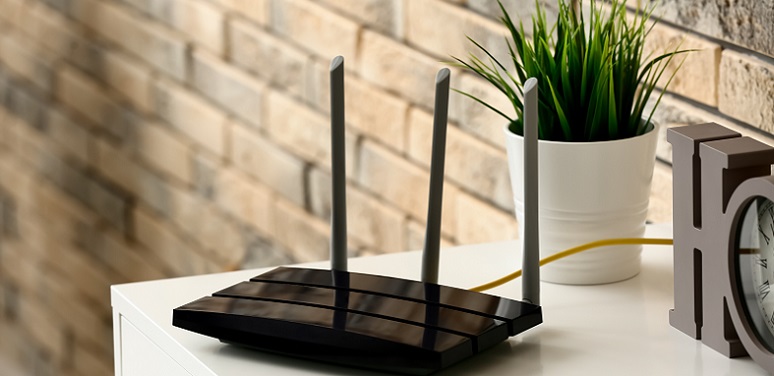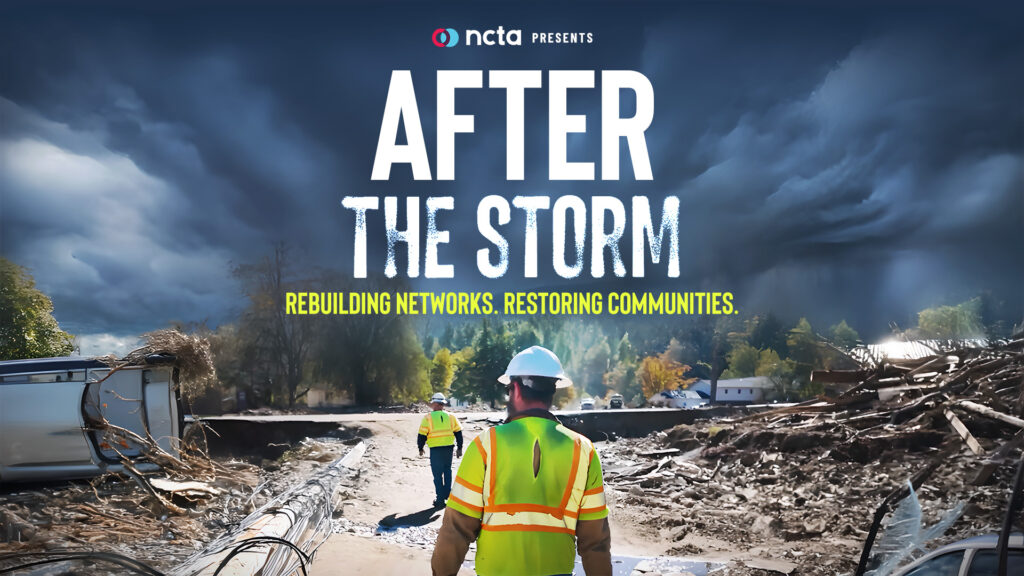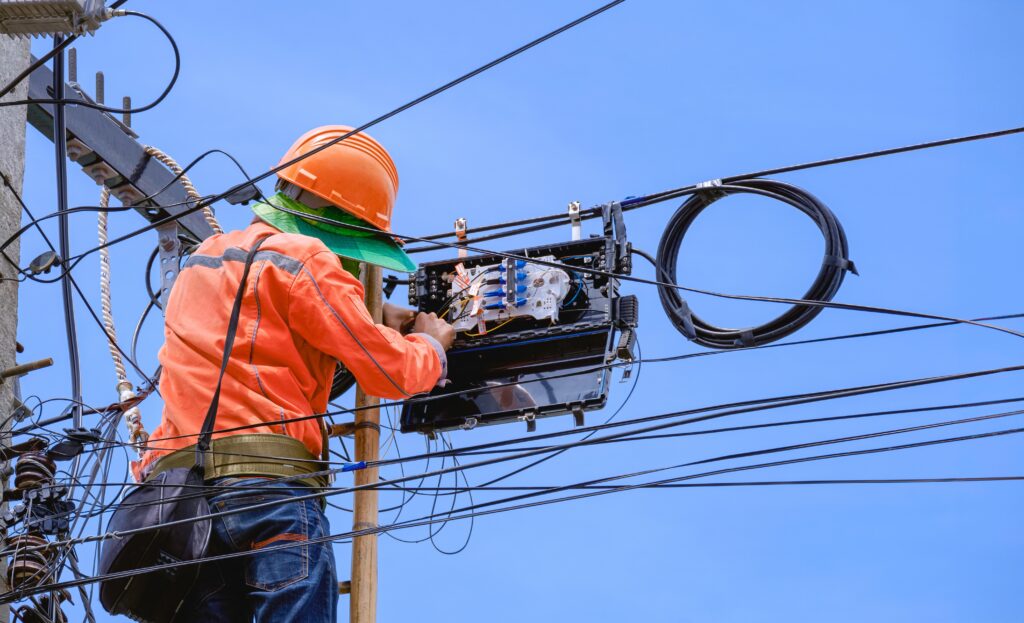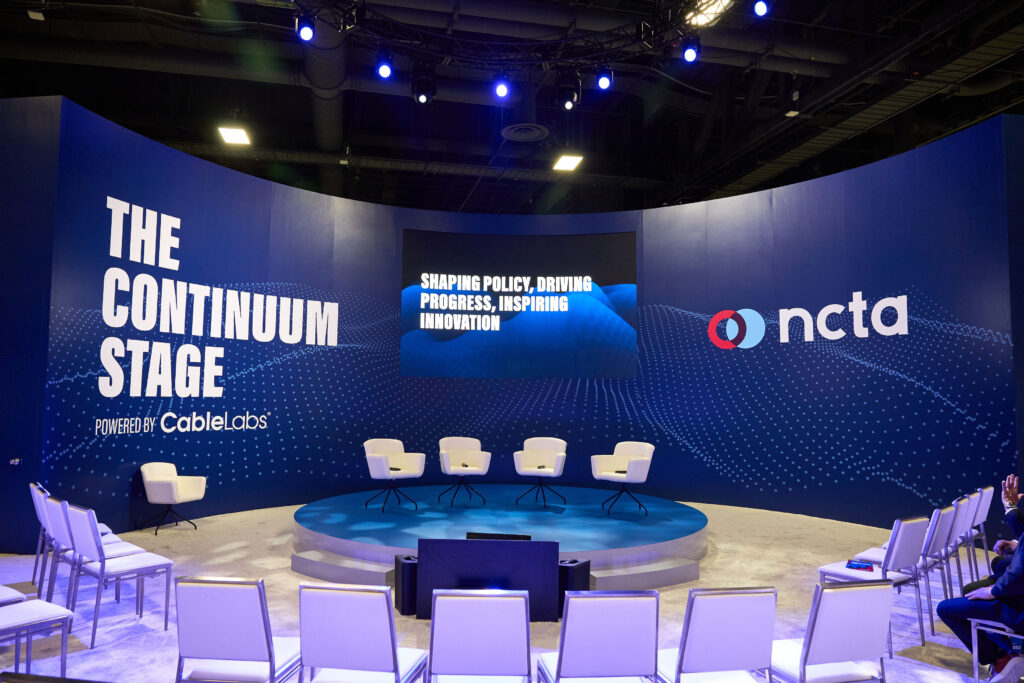Across the country, TV set-top boxes and home internet devices like modems and routers are doing more than powering connectivity—they’re driving major improvements in energy efficiency and saving consumers billions of dollars.
New independent reports from D+R International show measurable results in cutting energy consumption, lowering emissions, and reducing utility costs for millions of households.
By the numbers
The data from the new reports underscore the impact of these ongoing efforts:
- National energy use for set-top boxes has dropped nearly 75%, from 32 terawatt-hours in 2012 to 8.6 terawatt-hours in 2024.
- The average energy use of new home broadband devices has declined by 89%, even as internet speeds have rapidly increased.
- Since the programs began, consumers have saved an estimated $22 billion in electricity costs and avoided 109 million metric tons of CO₂ emissions.
- In 2024 alone, consumers saved $3.85 billion on energy bills and avoided 15.7 million metric tons of CO₂ emissions.
How industry collaboration drives better energy efficiency
For more than a decade, the nation’s internet, cable, satellite, and telco service providers and device manufacturers have worked together through two voluntary agreements designed to reduce the energy used by home devices.
- Set-Top Box (STB) Voluntary Agreement – launched in 2012, covers the set-top boxes that consumers obtain from cable, satellite, or telephone companies that service more than 90% of U.S. pay-TV households.
- Small Network Equipment (SNE) Voluntary Agreement – launched in 2015, covers the modems, routers, and Wi-Fi extenders that connect homes to broadband.
Supported by NCTA, CableLabs, and the Consumer Technology Association (CTA)®, these programs set energy-efficiency standards for the equipment that keeps Americans connected—from set-top boxes to modems and routers.
Both programs have been extended through 2028 and have been expanded to include fixed wireless access (FWA) technology, with T-Mobile joining the initiative alongside the nation’s largest internet and video providers.
These voluntary efforts show how collaboration and innovation can deliver real results—helping households save money, reduce energy use, and support a more sustainable future.
Learn more at energy-efficiency.us.









